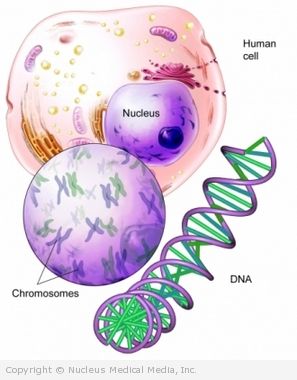Obsessive-compulsive disorder – OCD
Obsessive-compulsive disorder – Definition
Obsessive-compulsive disorder (OCD) is an anxiety disorder. The person suffers from unwanted repetitive thoughts and behaviors. These obsessive thoughts and compulsive behaviors are very difficult to overcome. If severe and untreated, OCD can harm the ability to function at work, school, or home.
Obsessive-compulsive disorder – Causes
The cause is unknown. OCD may be due to neurobiological, environmental, genetic, and psychological factors. An imbalance of serotonin (a brain chemical) may play a major role.

Obsessive-compulsive disorder – Risk Factors
Factors that may increase the risk of OCD include:
- Age: late adolescence, early adulthood
- Family members with a history of OCD
- Other anxiety disorders
- Depression
- Organic brain syndrome
- Tourette syndrome
- Attention deficit disorder
Obsessive-compulsive disorder – Symptoms
Symptoms include:
- Obsessions — unwanted, repetitive, and intrusive ideas, impulses, or images; common obsessions include:
- Persistent fears that harm may come to self or a loved one
- Unreasonable concern with being contaminated
- Unacceptable religious, violent, or sexual thoughts
- Excessive need to do things correctly or perfectly
- Persistent worries about a tragic event
- Compulsions — repetitive behaviors or mental acts to reduce the distress associated with obsessions; common compulsions include:
- Excessive checking of door locks, stoves, water faucets, and light switches
- Repeatedly making lists, counting, arranging, or aligning things
- Collecting and hoarding useless objects
- Repeating routine actions a certain number of times until it feels right
- Unnecessary rereading and rewriting
- Mentally repeating phrases
- Repeatedly washing hands
If you have OCD, you may know that your thoughts and compulsions do not make sense, but you are unable to stop them.
Obsessive-compulsive disorder – Diagnosis
OCD is usually diagnosed through a psychiatric assessment. OCD is diagnosed when obsessions and/or compulsions either:
- Cause significant distress
- Interfere with your ability to properly perform at work, school, or in relationships
Obsessive-compulsive disorder – Treatment
Treatment reduces OCD thoughts and compulsions, but does not completely eliminate them. Common treatment approaches include a combination of medicine and therapy.
Medications
Selective serotonin reuptake inhibitors (SSRIs) reduce OCD symptoms by affecting serotonin levels. SSRIs include:
- Fluoxetine (Prozac)
- Fluvoxamine (Luvox)
- Paroxetine (Paxil)
- Sertraline (Zoloft)
Clomipramine (Anafranil) is a tricyclic antidepressant drug that can also help treat symptoms.
Your doctor may try using other psychiatric medicines to help control your condition.
Obsessive-compulsive disorder – Therapy
Behavioral therapy addresses the actions associated with OCD. Cognitive-behavioral therapy (CBT) addresses both the thought processes and the actions associated with OCD.
Examples of therapies used to treat OCD include:
Exposure and response prevention—involves gradually confronting the feared object or obsession without giving into the compulsive ritual linked to it
- Aversion therapy — involves using a painful stimulus to prevent OCD behavior
- Thought switching — involves learning to replace negative thoughts with positive thoughts
- Flooding — involves being exposed to object that causes OCD behavior
- Implosion therapy — involves being repeatedly exposed to object that causes fear
- Thought stopping — involves learning how to stop negative thoughts
Obsessive-compulsive disorder – Prevention
There are no guidelines for preventing OCD because the cause is not known. However, early intervention may be helpful.
